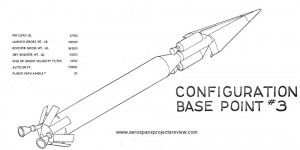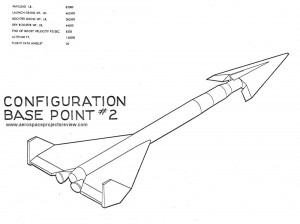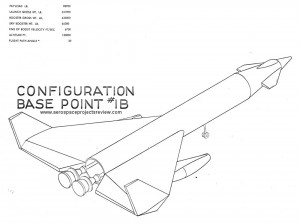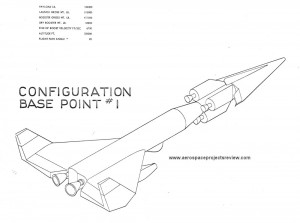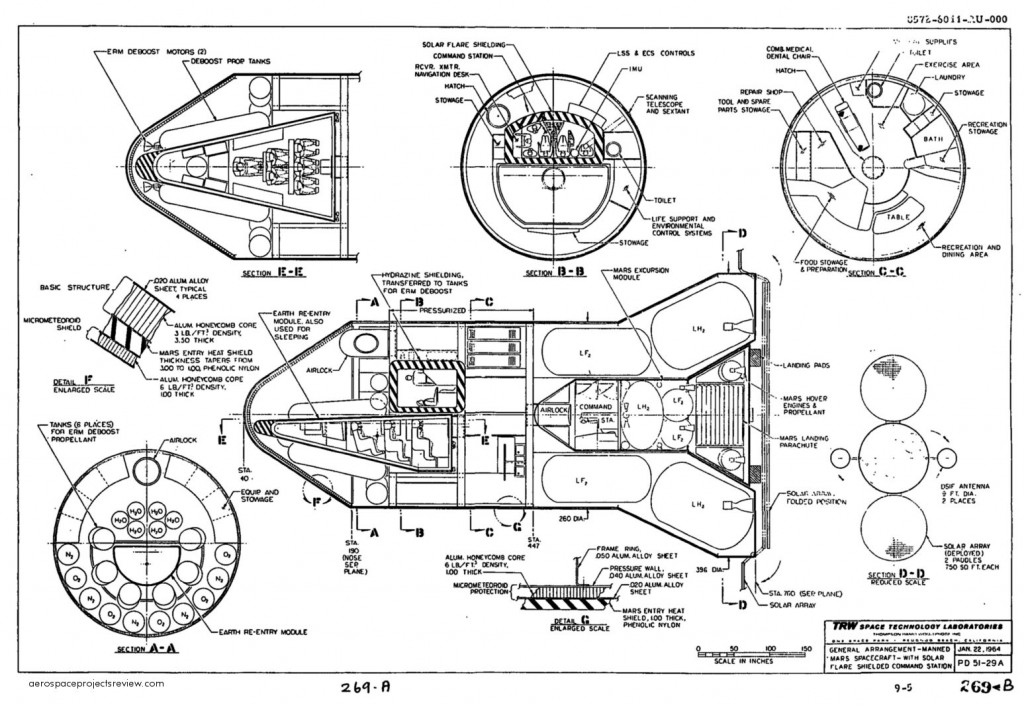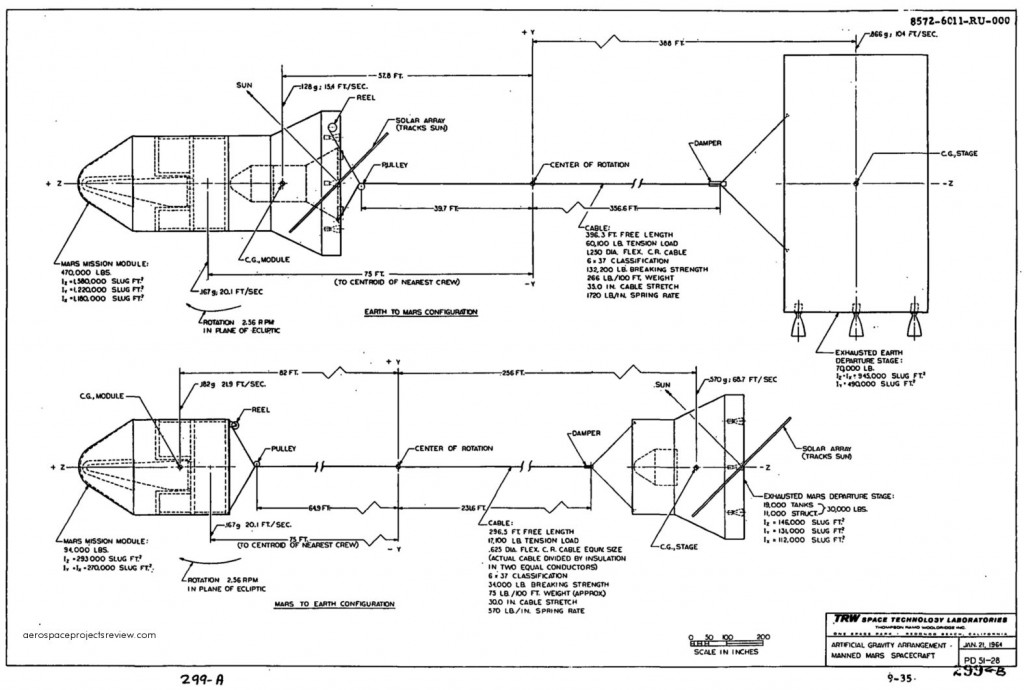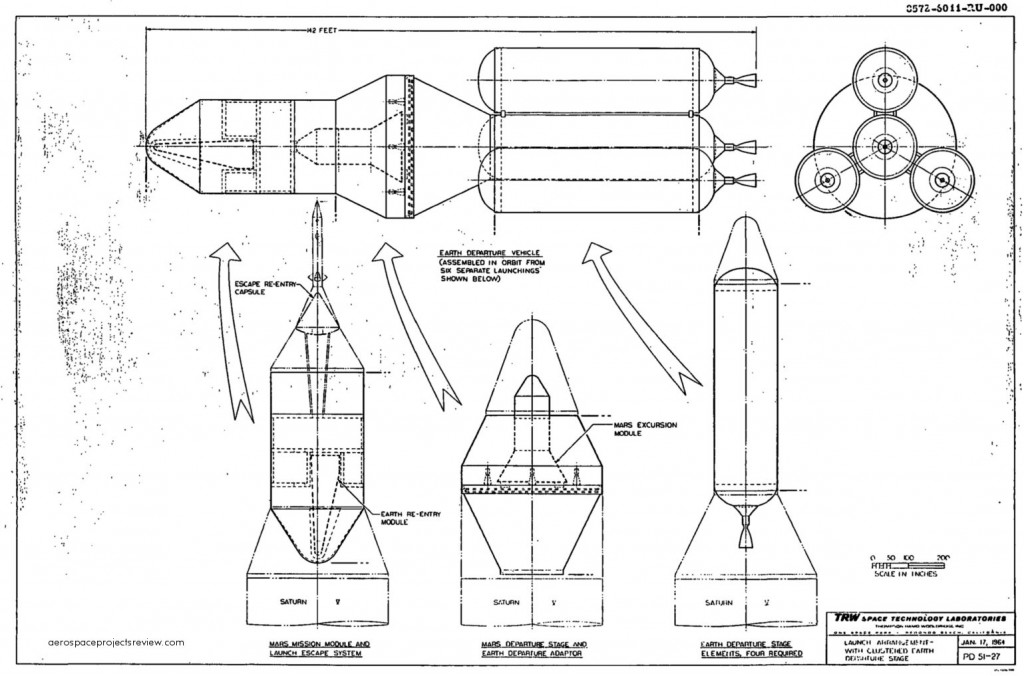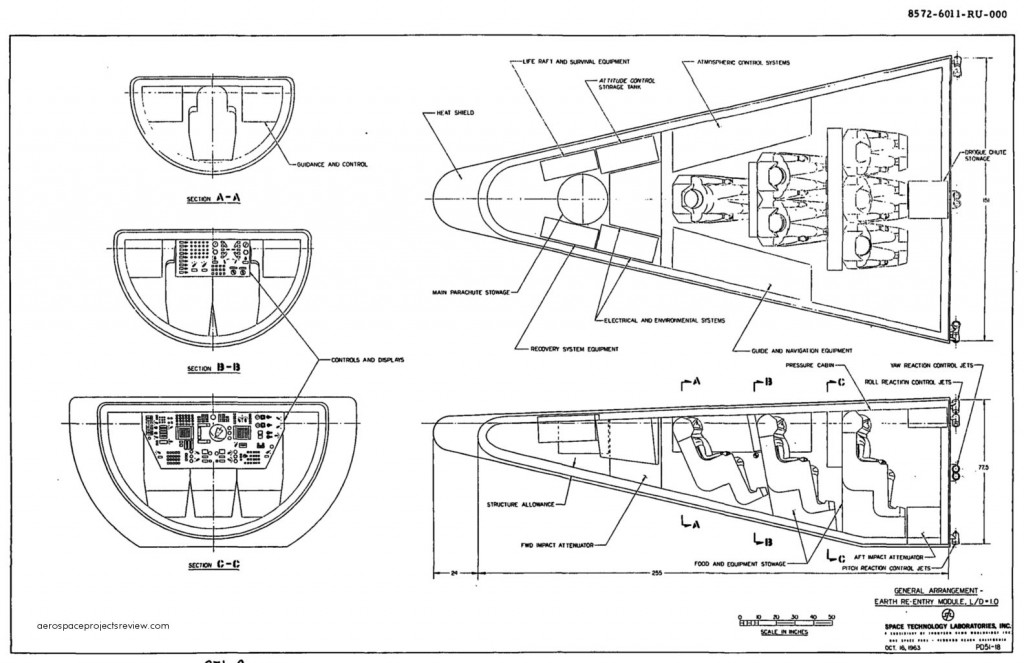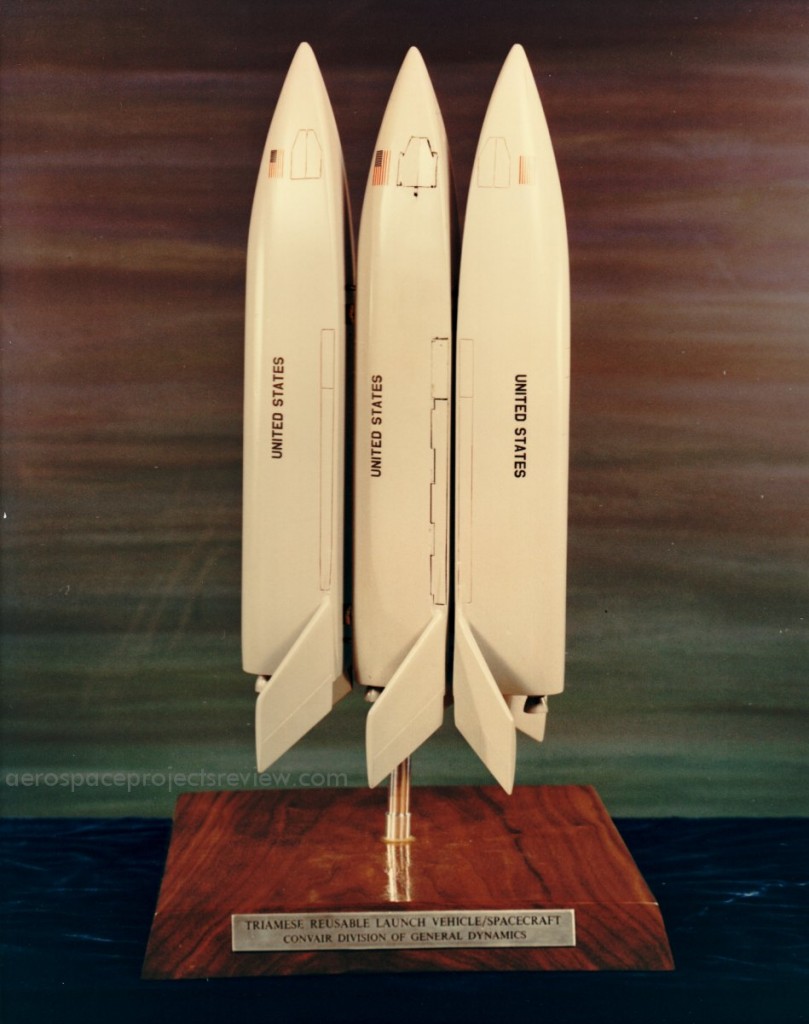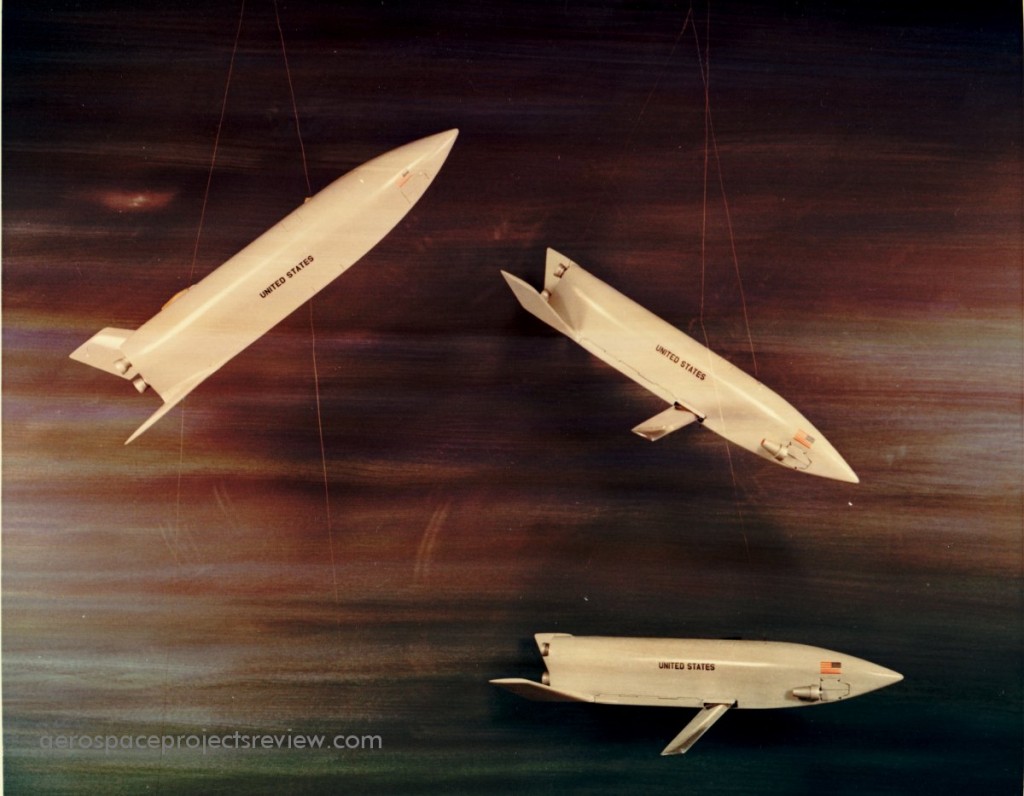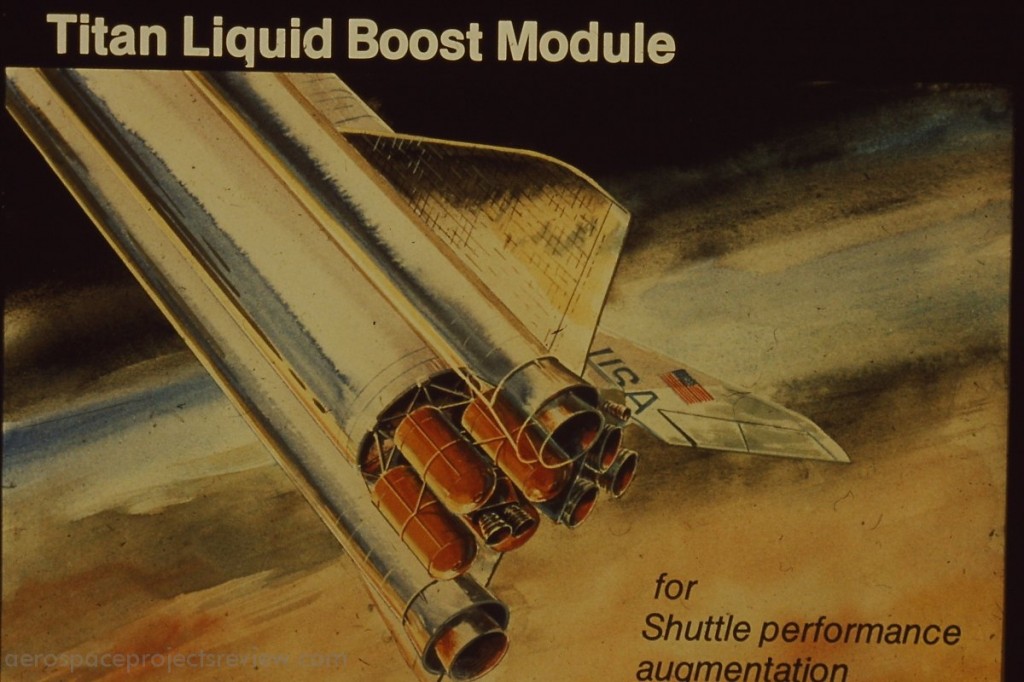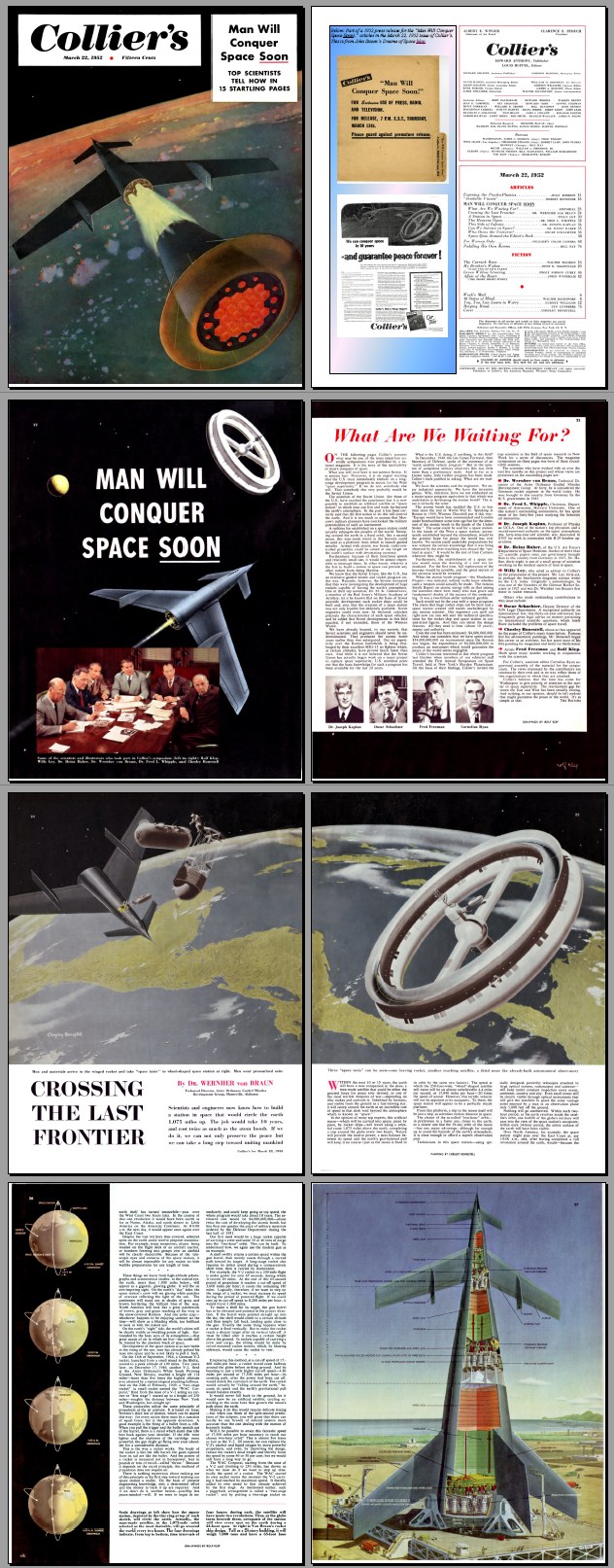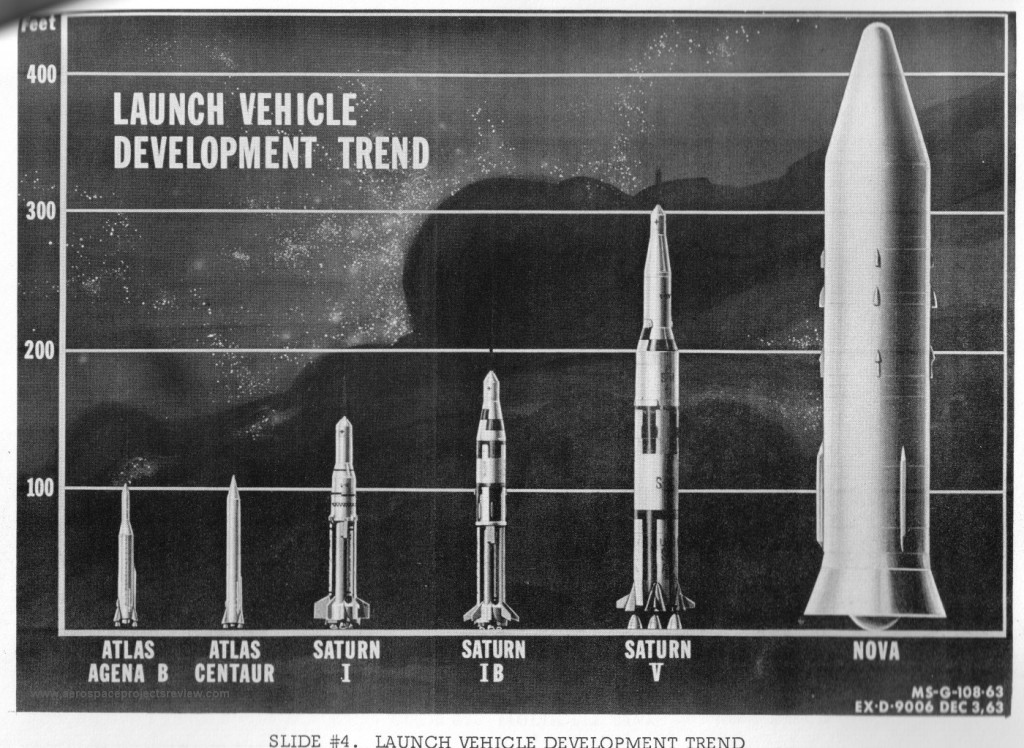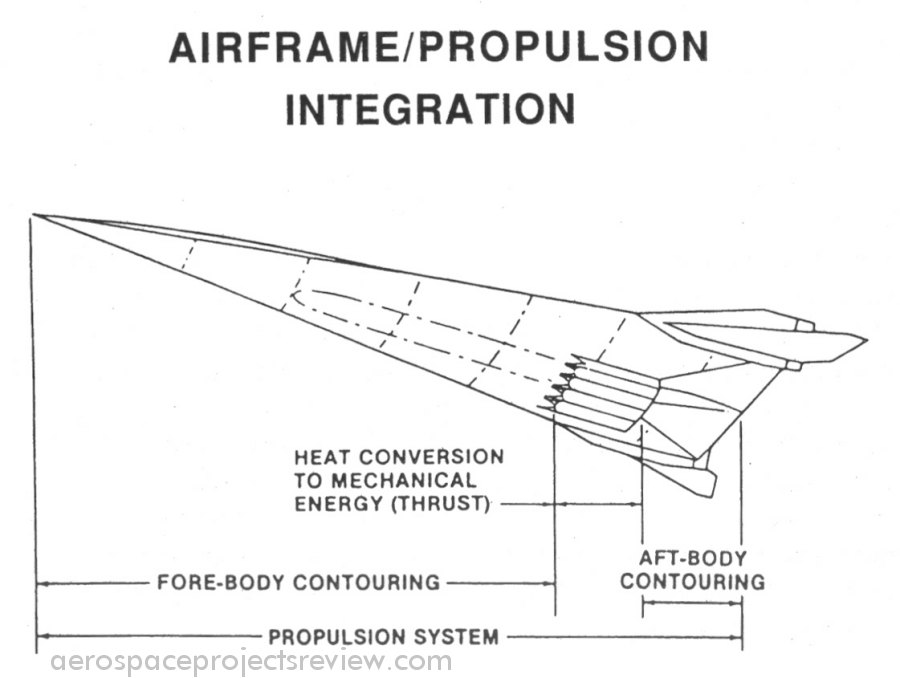This 1959 Boeing booster concept not only did away with the cockpit, but also the jet engines and the wings. Instead, this was a simpler design intended for ocean splashdown and recovery. Aerodynamic flaps maintained stability.
A 1963-1964 design from TRW for a manned Mars exploration craft. It, like the NAA biconic design, used aerobraking at Mars. In TRW’s case, they used the same basic aerodynamic configuration that was used on early RVs for American ICBM launched nuclear warheads.
This design could also feature artificial gravity by way of tumbling, using a single 400-foot cable connected to the upper stage used to launch the craft towards Mars. For the trip home, the Mars ship itself would split apart (like the NAA design) and tumble.
The complete spacecraft would require six Saturn V flights to orbit the components which would be assembled in Earth orbit.
And after all that, all that would return to Earth are the six crew and a very small Earth re-entry vehicle. The Mars spacecraft itself would shoot on by Earth without attempting to slow down; the ERV would enter the atmosphere directly from interplanetary space.
From slides at the NASA HQ archive, two photos of a Convair “Triamese” space shuttle concept. See HERE for more on the Triamese.
Before Challenger ruined all hope of the Space Shuttle achieving its intended goals, there were many, many ideas put forth to increase the capabilities of the STS. Numerous concepts dealt with increasing the propulsion system… increased thrust and/or increased fuel mass. One of the less obvious ideas: stuff a massively reworked Titan II first stage underneath the external tank. This would increase liftoff thrust, increasing payload delivered to orbit. While Martin Marietta put some effort behind the concept, I don’t think NASA ever really took it very seriously.
This is from a slide scanned at the NASA HQ archive.
OK, here’s one of the projects I’ve been working on of late… scanning and repairing the old “Collier’s space series” articles from the early 1950’s for reprinting in the AIAA-Houston section newsletter. As far as I’m aware, this is the first time these have been republished in clear, high-rez and full color format since the original release.
For those unaware, in the early 1950’s Collier’s magazine (similar to “The Saturday Evening Post”) ran a series of articles written by the likes of Willy Ley and Werner von Braun, illustrated by the likes of Chesley Bonestell and Fred Freeman, describing what the future of manned space exploration may look like. Their vision was, to put it mildly, grandiose, and far exceeded what the actual space program became and did… but the impact on the public of these articles helped lead to the space program becoming popular with the public… and the government. The designs that were produced, such as the Ferry Rocket and “Wheel” space stations, are comfortably described as “iconic.”
The July/August 2012 issue of AIAA-Houston Horizons reprints the complete first Collier’s article from March 22, 1952. The original magazine layout included numerous ads and extraneous bits that were edited out of this reprint, and in several cases replaced with “Mini-APR” articles, several of which tie directly into the Collier’s series. This first article includes about 30 pages of the original Collier’s stuff. Future issues of Horizons will carry the complete set of Collier’s article,s including the Moon exploration and Mars exploration articles.
As always, Horizons is a free-to-download PDF. New for this issue, it is available in both high and low resolution.
Feel free to spread the word about this. The more it is downloaded from the AIAA site, the more interest is shown in it, the more might be done with this in the future.
Sometimes plans go awry. For example… in 1963, NASA was well on the way to building the Saturn V. The Saturn V was a giant of a rocket, far bigger than what was actually available at the time. But there was no reason to believe that development of ever bigger and more capable launch vehicles would stop with the Saturn V. And so plans were in place for the “Nova” rocket. While a vast number of wildly different designs were produced, in general they were all capable of putting about a million pounds of payload into Earth orbit.
